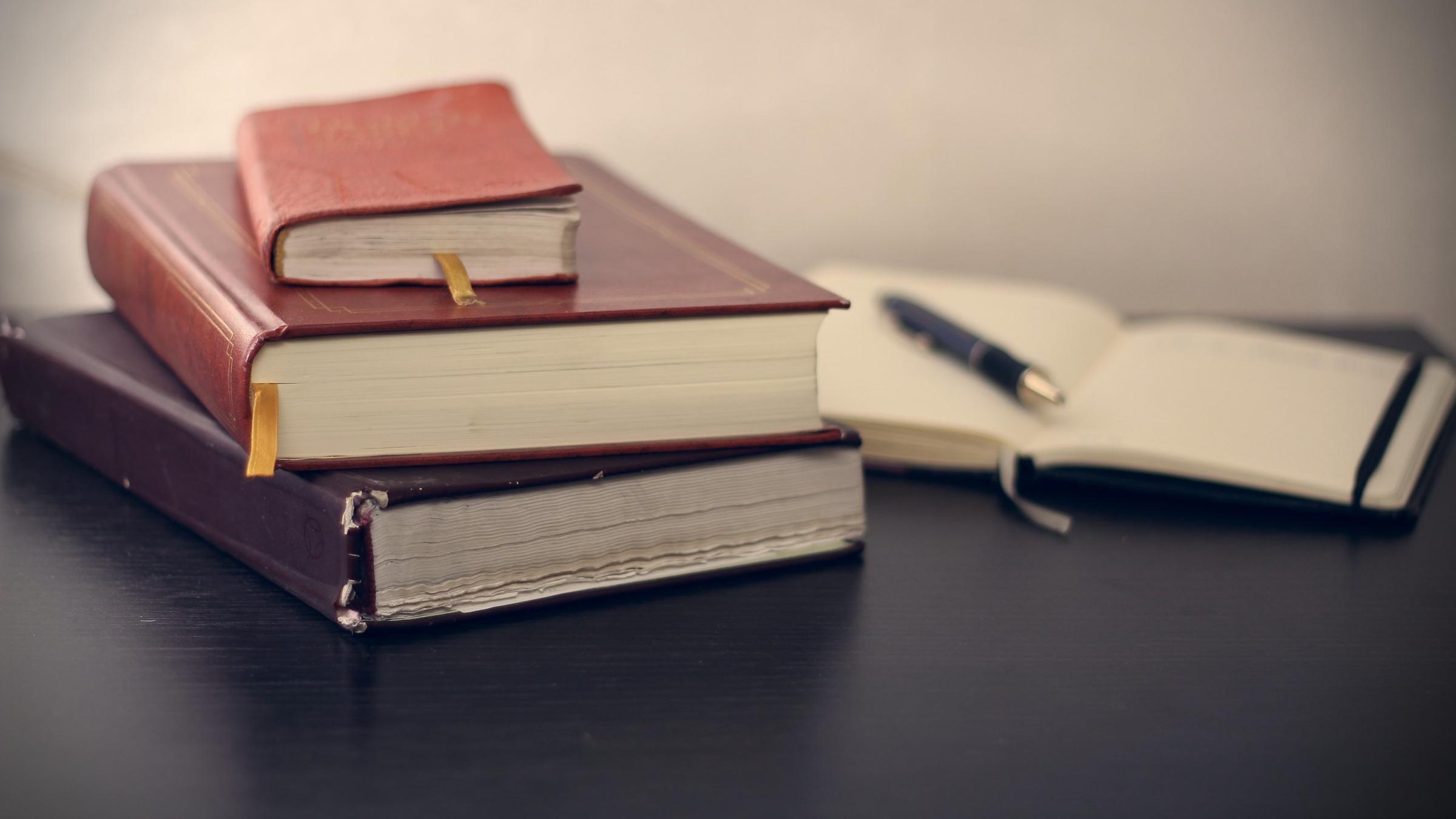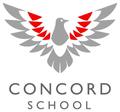Teaching & Learning

Early Maths Strategies
In this edition of teaching and learning we will start with some early maths strategies for you to use at home with your child to support them to understand mathematic concepts. We will also look at a few problem solving strategies to help them progress once some of the initial skills have been mastered. Finally we will conclude with some information about the Victorian Maths Challenge and how to get involved from home.
Maths Matters in the Early Years
As their child’s first teacher, families can help play a key role in developing the maths skills of children in early life. Developing maths skills early in life gives children an important foundation for their learning and development. A child’s first years are a time of rapid learning. Research tells us that babies are born with an innate capacity to perceive the concept of numbers in their world. Numeracy skills help prepare a child for daily life, including general problem solving and handling money.
Maths is everywhere - in the playground, at the shops and at home. Introducing maths in everyday activities and through play helps children learn about numbers, patterns and shapes. It also creates meaningful connections with maths in the context of their lives. Maths can include noticing shapes, numbers, patterns, size, time and measurement. Incorporating maths into everyday experiences is easy and fun. Our students can find it really challenging to make connections between maths learning in the classroom and everyday life.
You can bring maths into your child’s everyday life by:
Listening and singing together
Songs and rhymes that repeat counting words introduce children to maths in a fun and engaging way. For example, Five Little Ducks, Monkeys on the Bed or Ten Green Bottles all include counting
Playing with shapes
Jigsaw puzzles and drawing shapes helps teach your child problem solving skills and spatial awareness.
You can encourage your child to identify shapes in their everyday life such as a round ball, square window or hexagonal stop sign.
Making patterns
Make a pattern using pebbles, pegs or pieces of coloured paper.
Cooking with your child
Cooking provides opportunities to count and measure. Ask your child to count eggs, measure milk and flour as well as talk about the temperature the oven requires to bake a cake.
Making collections
Collect objects from the outdoors such as stones, leaves and twigs. Sort them into groups and count how many items are in each group.
Shopping
Collect food and grocery items and label them with prices written on sticky notes or prices cut out of shopping catalogues.
-Talk about how we pay for items, using notes and coins and making money or using play money to buy and sell goods from a shop that you have set up together.
-As you pack away grocery items, arrange them by:
- height (tallest to the shortest),
- cost (least expensive to most expensive), or by
- weight (heaviest to lightest).
Measuring
Explore ways of measuring using sticks, footprints or hand lengths.
Measure the height of people in your family, comparing who is the tallest to the shortest.
Provide different sized cups in the bathtub to fill and empty and talk about how many little cups of water you need to fill the big cup.
Counting
Use different numbers as the starting point for practising counting (for example, start counting from 6 or 10) or asking your child to count forwards and backwards.
These are just a few simple activities that you can do at home to help your child consolidate their maths learning.
Maths Strategies in Practise
Once the fundamental skills are consolidated students are encouraged to put these skills into practise. Problem solving skills are very difficult for our students to understand but the practical application can be very supportive to their learning. The following outlines a few examples of what you can say to support your child to go further by using problem solving strategies.
Draw a Diagram
A diagram is simply a picture that helps you visualise the problem. Drawing a picture helps you see the situation and think more clearly. This might be particularly useful in challenges where you need to build something.
Guess and Check
Try guessing an answer and seeing if it works. If not, try another and compare. The more logical guesses you make which are wrong, the closer you are to finding the solution. Mathematical researchers do this all the time. Thomas Edison once said ‘I have not failed. I’ve just found 10,000 ways that won’t work.’
Work Backwards
Can you solve the problem by starting at the end of the question? Sometimes we can find the solution by working backwards. This strategy works really well when there is missing information at the beginning of the problem.
The Victorian Maths Challenge
The Victorian Maths Challenge is a fun and engaging way for families to engage in real life mathematics and explore problems together. This year, the Challenge for Years 5-8 students runs until 29 November 2016. Take on as few or as many challenges as you like. Work together to find your own solutions. Access the content on http://vmc.global2.vic.edu.au/ and see if you are up for the challenge.
Kirrily Lamers
Assistant Principal
